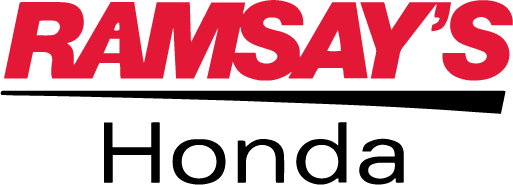Genuine Honda Parts
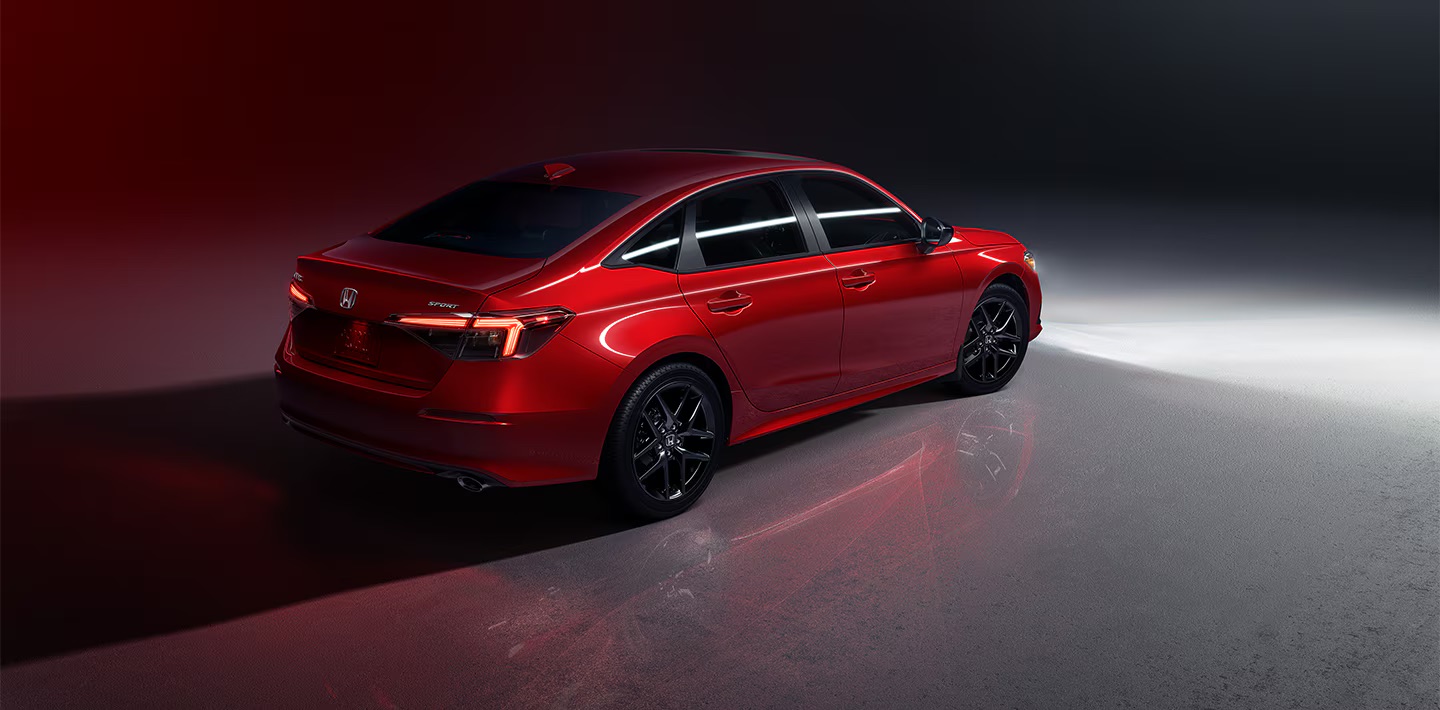
Genuine Honda Parts help maintain the quality, reliability, and performance that Honda vehicles are known for. Get these parts into your Honda to get the most out of it.
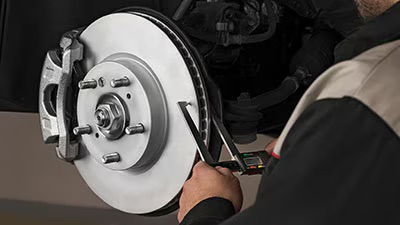
Quality
The core of Honda quality exists in every part of your vehicle. When you choose Genuine Honda Parts, you can count on the highest quality standards imposed by Honda engineers.
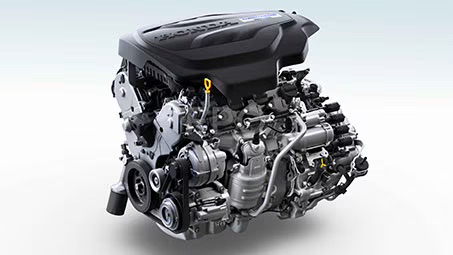
Reliability
Many non-genuine parts may claim to be reliable, but they are not produced to meet Honda’s engineering and material specifications. Compromise one part and you may unknowingly compromise a whole system.
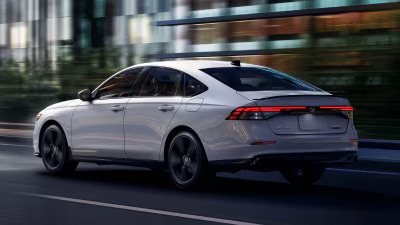
Performance
Genuine Honda Parts are precisely designed and rigorously tested by Honda’s R&D team. By choosing Genuine Honda Parts, you’re also choosing to not compromise your vehicle’s performance or safety.
Tires
Tires are the most ignored and underrated component of your vehicle. They are the only interface between your Honda and the road to provide traction to accelerate, steer and stop. Your Honda dealer knows your vehicle best and will ensure it’s equipped with the optimum choice of tire for your driving needs.
You Can Quote Us
With Honda’s Tire Source Lowest Price Guarantee*, you always pay the lowest advertised price for top tire brands. Find a lower price within 30 days of purchase on select brands and your participating Honda dealer will match it.

Winter Tires
Winter tires stay flexible in temperatures below 7˚C to provide the necessary traction for cold weather driving conditions. They reduce braking distance on cold, wet, ice and snow covered roads in comparison to all-season tires. The traction provided by winter tires enhances the performance of anti-lock braking systems (ABS), vehicle stability assist (VSA), traction control and all-wheel drive in winter conditions. Industry data shows that in cold weather, a vehicle equipped with winter tires has approximately a 40% lesser chance of being involved in a collision than one equipped with all-season tires.
All-Season Tires
All-season tires are designed to provide traction and durability in a wide variety of seasonal road conditions. However, they cannot provide the same levels of traction in winter conditions as a proper winter tire.
They are best suited to use in temperatures above 7˚C.
All-Weather Tires
A middle ground for more unpredictable climates, all-weather tires perform better in winter conditions than all-season tires and better on summer roads than winter tires, but they don’t excel at either – especially for longer periods.
Although Honda recommends a dedicated all season/summer tire & winter for optimal driving performance and safety, there are all-weather tire options available. Talk to your Service Advisor to determined which tires will best suit your driving needs.
Extending Your Tires Life
Tire Pressure
Studies have shown that up to 70% of vehicles on the road have at least one under-inflated tire. Checking and maintaining tire pressure regularly will help extend tire life and reduce fuel consumption.
Tire Rotation
Your specific driving habits and vehicle usage directly influence the rate and pattern of tread wear. Periodic rotation of tires is critical to maximizing their life.
Wheel Balancing
Proper wheel balance helps prevent unnecessary wear to the tires, steering, and suspension components and also provides for a more enjoyable driving experience. Wheel balancing should be checked periodically when you change or rotate tires, and always be done when replacing tires, or when a tire has been removed from a wheel for any reason.
Wheel Alignment
Misaligned wheels can cause uneven and rapid tire wear as well as symptoms such as your Honda pulling to one side or the steering wheel not being centered when driving straight. It is normal for wheel alignment to change through the life of the vehicle and it should be checked and corrected if needed.
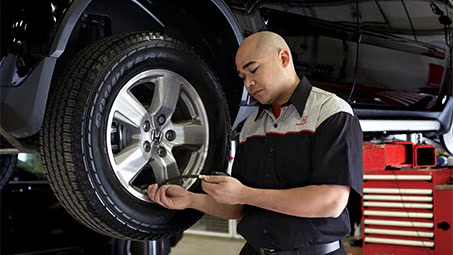
How to Increase Your Fuel Economy With Tires
Anything that increase a tire’s rolling resistance or friction with the road surface will increase the amount of work required of the engine and therefore the amount of fuel it burns.
Tire Pressure
Under-inflation increases a tire’s rolling resistance, so don’t always wait before you check them. Tires that are 56 kPa (8 PSI) low can increase fuel consumption by 4%. Think of the air to keep your tires at proper pressure as “free” gasoline.
Wheel Alignment
Wheel misalignment increases the resistance of the tires to roll in the direction of vehicle movement. The increased “drag” caused could increase fuel consumption by up to 25%.
Oil Filters
The oil filter on your Honda’s engine traps and retains fine particles that are generated during engine operation. Efficient filtration is essential to preventing engine wear and damage and to maintain proper oil flow for lubrication and cooling.
The oil filter should be replaced with the engine oil when indicated by your Honda’s maintenance schedule, or Maintenance Minder system. Genuine Honda oil filters are manufactured to our original equipment specifications meeting the same factory-grade standard of filtration protection can be found from your Honda dealer.
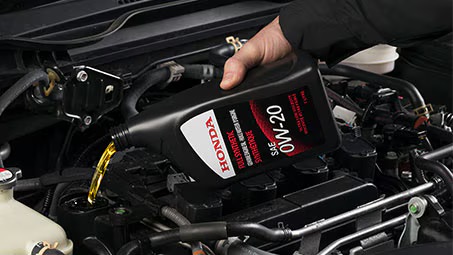
Brakes
When you press your Honda’s brake pedal, the friction material on the brake pads is pushed against the brake discs to create friction which resists the rotation of the discs. Each time the brakes are used, a small amount of friction material, or “lining”, is worn off. Eventually, the thickness of the lining will diminish to the point where replacement is necessary. Exactly when this occurs depends several factors from driving habits, vehicle usage and frequency of brake maintenance. Regular inspection and servicing is required to keep your braking system in top working order. Follow the maintenance requirements stated in your Honda’s Owner’s Manual. When brake pads or shoes require replacement, insist on Genuine Honda Parts to maintain the original performance and help keep your Honda as safe as it was crafted to be. Plus, always enjoy Honda’s Lifetime Brake Pad Guarantee** on Genuine Honda replacement brake pads.
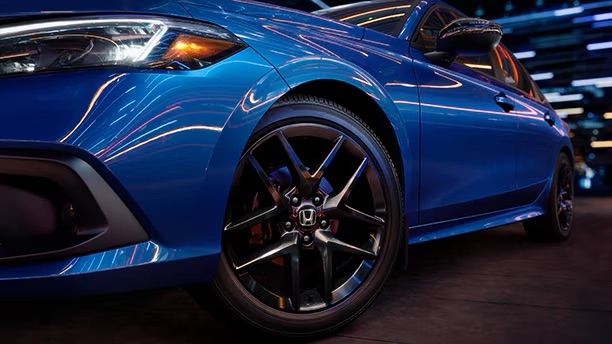
Batteries
Your Honda’s battery is a critical component. It stores and provides power to start its engine and to operate its many electrical and electronic systems. Time and use will gradually affect its ability to accept and hold a charge, and do its job. To learn more about your battery, including how we measure its health, visit our battery page.
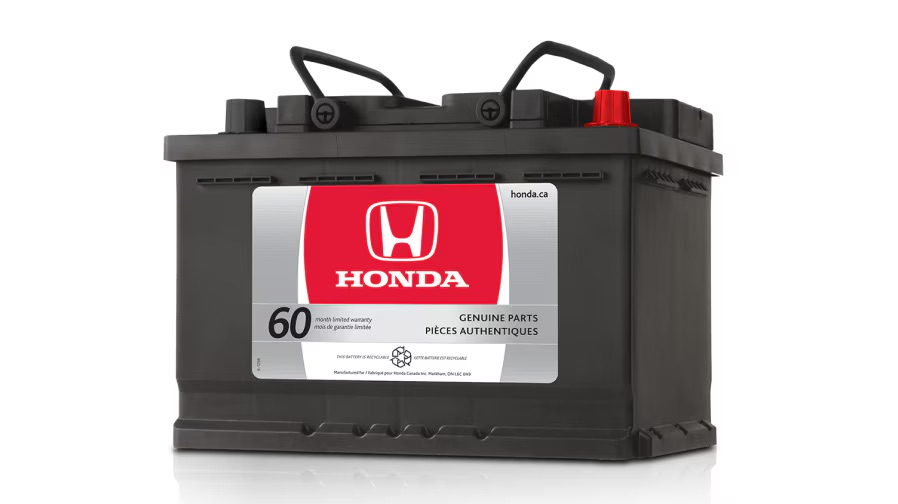
Wipers Blades
Being able to see clearly is critical when driving in rain and snow. This is why it is very important to check your Honda’s wiper blades for damage periodically and watch for signs that they are wearing out like streaking, or not clearing the glass efficiently. Honda wiper blades are designed so you can replace only the rubber insert and not have to change the whole blade. This makes replacement quick and cost-effective. Your Honda dealer can provide and install the proper sizes of Genuine Honda rubber inserts.
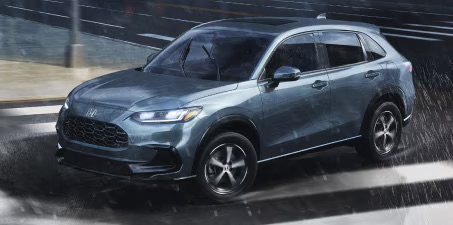
Filters
Breathe easy with Genuine Honda filters.
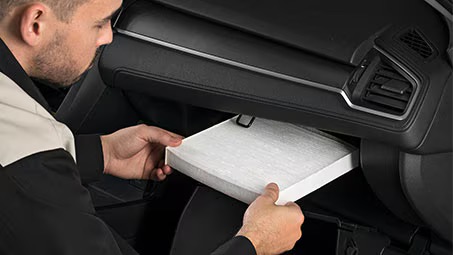
Cabin Air Filter
Most Honda vehicles are equipped with an air filter to remove dust, pollen and debris from outside air that enters the passenger cabin through the heating and air conditioning system.
As the cabin air filter gets dirty, air flow in and out becomes restricted. Periodic replacement of the cabin air filter is specified in the Maintenance section of your Honda’s Owner’s Manual. More frequent replacement may be necessary if you often drive in dusty conditions.
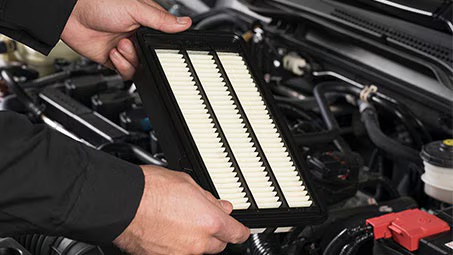
Engine Air Filter
If foreign materials make their way into your engine, they can cause internal damage and premature wear. Your Honda’s engine has an intake air cleaner which contains an air filter element that prevents dust and debris from entering the cylinders whenever the engine is running.
A clogged air filter affects engine performance and can increase fuel consumption as well as contribute to engine oil contamination.
Air filter inspection and replacement is required at specific maintenance intervals, as indicated in the Owner’s Manual or by the Maintenance Minder system, if equipped. If you often drive in dusty conditions, more frequent replacement may be necessary.
Belts
Genuine Honda drive belts and timing belts are designed to resist stretching and deterioration for maximum durability and performance.
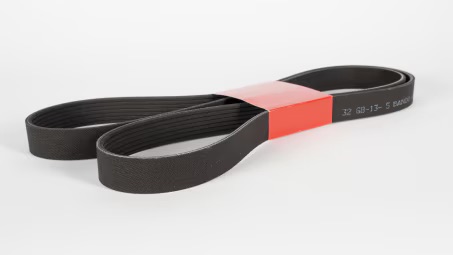
Drive Belt
Depending on the model, the drive belt operates the water pump, the alternator, and the power steering pump. It also drives the air conditioning compressor on A/C equipped vehicles. Belt replacement is necessary if the belt becomes worn, damaged, or as the rubber deteriorates due to age or contamination. Belt failure can result in engine overheating, loss of power steering, inoperative charging system, and inoperative A/C.
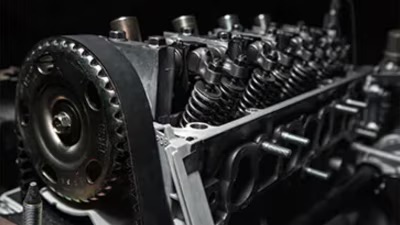
Timing Belt
The timing belt drives the engine’s camshaft(s) to open and close the intake and exhaust valves at the proper time. On some Honda engines, the timing belt also drives the water pump to circulate the engine’s coolant. Some engine models also have a second smaller timing belt that drives a balancer shaft system to cancel out engine vibrations.
Periodic timing belt replacement according to your Honda’s maintenance schedule is critical to avoid belt failure and potential engine damage.
Oils & Fluids
All Honda oils and fluids are specially formulated to meet the precise standards of quality established by Honda and are recommended to be used throughout the life of your Honda vehicle.
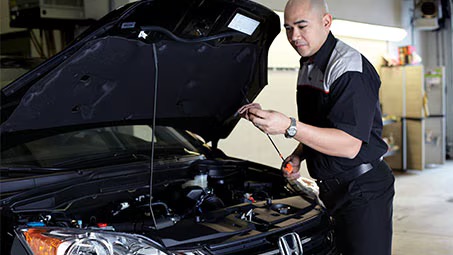
Engine Oil
Engine oil lubricates the engine’s moving internal parts to protect them against wear and reduce friction while also helping to cool the engine. As your oil deteriorates with time, it loses its ability to properly protect the engine. Follow the recommended oil change intervals specified by your Honda’s Owner’s Manual or Maintenance Minder system (if equipped).
Reduce engine wear and protect your investment by choosing Genuine Honda 0W-20 engine oil. (applicable to most model years – consult with your Honda dealer for compatibility).
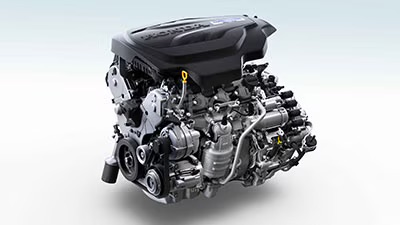
Engine Antifreeze/Coolant
Engine coolant absorbs and regulates the heat naturally generated by the engine and keeps it running at an optimum temperature. It also contains anti-freeze to keep operating in very cold temperatures, while also protecting the cooling system components with its anti-corrosion properties. Coolant‘s properties will deteriorate over time, so replacement is necessary at the recommended service intervals. It is also recommended that the coolant level is checked regularly as loss may indicate a cooling system problem or leakage that could lead to engine overheating and greater damage.
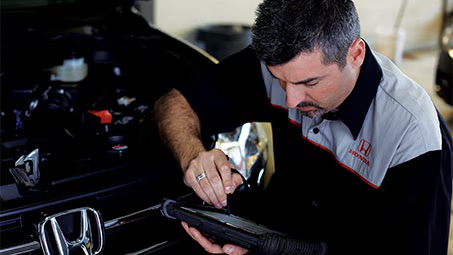
Automatic Transmission Fluid
Automatic Transmission Fluid acts to cool and lubricate internal transmission components. Over time, the properties of the fluid are diminished, and replacement is necessary at the recommended service intervals. An inspection of the transmission, fluid hoses, pipes, and cooler (if equipped) should also be performed during recommended maintenance.
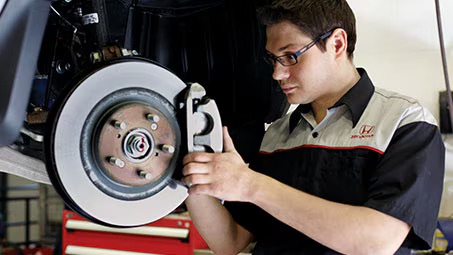
Brake Fluid
Brake fluid transfers hydraulic force to the brake calipers to slow or stop the vehicle. It tends to absorb moisture from the air and as a result the performance of the fluid deteriorates over time. Brake fluid should be replaced every 3 years. The brake system’s hydraulic components should also be inspected for leaks or damage.
